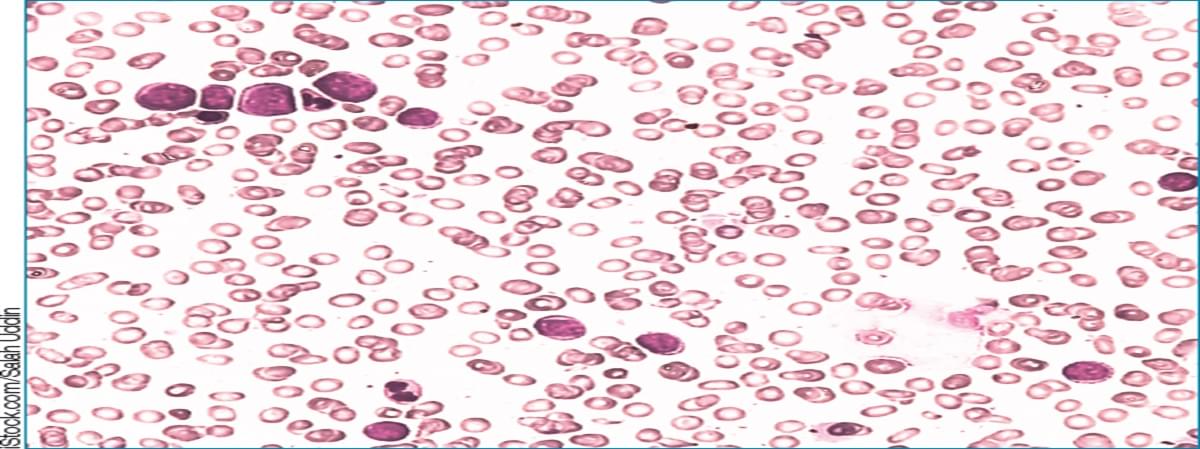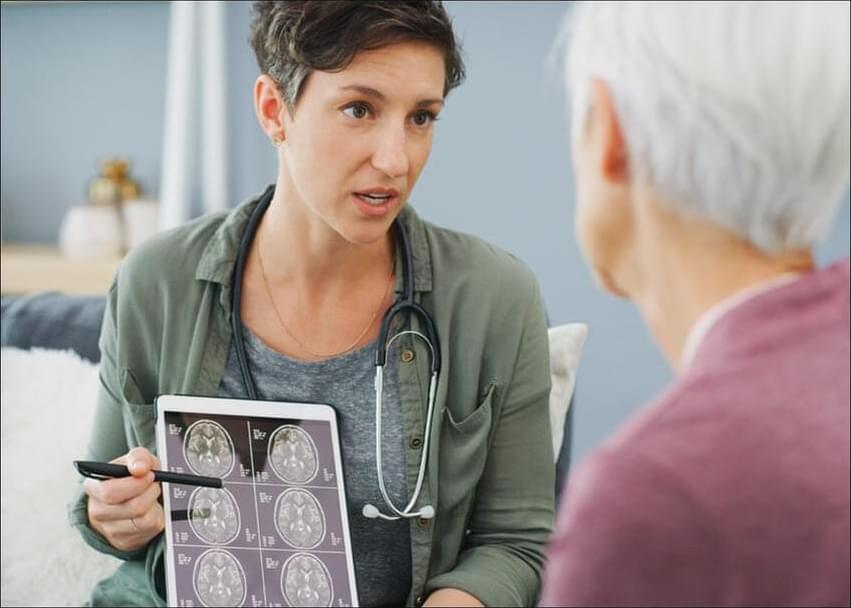[Progress, Potential, And Possibilities](https://www.facebook.com/ProgressPotentialAndPossibilities?__cft__[0]=AZYVuHhcb5n7bqZdmfQBxr_tiAiDFasAZLqhw71SwU5nZcmbevE3cnxoY6iBR7bRinYNQgVesfuBa464eN1k_jqEKOV3E1lRNCOnFHC_7wYNudnj48FSuBNlCN20WLNzX6QZL5z3v5gtQ5iuS44avZBB86vSCz7l5fN7ndE4b4ZMxkrXYb1JG3nplhBAgZblsjU&__tn__=-]K-R) crossed 20,000 subscribers! — Come join us & enjoy all of our fascinating guests who are creating a better tomorrow in 2026!!! [#IraPastor](https://www.facebook.com/hashtag/irapastor?__eep__=6&__cft__[0]=AZYVuHhcb5n7bqZdmfQBxr_tiAiDFasAZLqhw71SwU5nZcmbevE3cnxoY6iBR7bRinYNQgVesfuBa464eN1k_jqEKOV3E1lRNCOnFHC_7wYNudnj48FSuBNlCN20WLNzX6QZL5z3v5gtQ5iuS44avZBB86vSCz7l5fN7ndE4b4ZMxkrXYb1JG3nplhBAgZblsjU&__tn__=*NK-R) [#Podcast](https://www.facebook.com/hashtag/podcast?__eep__=6&__cft__[0]=AZYVuHhcb5n7bqZdmfQBxr_tiAiDFasAZLqhw71SwU5nZcmbevE3cnxoY6iBR7bRinYNQgVesfuBa464eN1k_jqEKOV3E1lRNCOnFHC_7wYNudnj48FSuBNlCN20WLNzX6QZL5z3v5gtQ5iuS44avZBB86vSCz7l5fN7ndE4b4ZMxkrXYb1JG3nplhBAgZblsjU&__tn__=*NK-R) [#STEM](https://www.facebook.com/hashtag/stem?__eep__=6&__cft__[0]=AZYVuHhcb5n7bqZdmfQBxr_tiAiDFasAZLqhw71SwU5nZcmbevE3cnxoY6iBR7bRinYNQgVesfuBa464eN1k_jqEKOV3E1lRNCOnFHC_7wYNudnj48FSuBNlCN20WLNzX6QZL5z3v5gtQ5iuS44avZBB86vSCz7l5fN7ndE4b4ZMxkrXYb1JG3nplhBAgZblsjU&__tn__=*NK-R) [#Innovation](https://www.facebook.com/hashtag/innovation?__eep__=6&__cft__[0]=AZYVuHhcb5n7bqZdmfQBxr_tiAiDFasAZLqhw71SwU5nZcmbevE3cnxoY6iBR7bRinYNQgVesfuBa464eN1k_jqEKOV3E1lRNCOnFHC_7wYNudnj48FSuBNlCN20WLNzX6QZL5z3v5gtQ5iuS44avZBB86vSCz7l5fN7ndE4b4ZMxkrXYb1JG3nplhBAgZblsjU&__tn__=*NK-R) [#Technology](https://www.facebook.com/hashtag/technology?__eep__=6&__cft__[0]=AZYVuHhcb5n7bqZdmfQBxr_tiAiDFasAZLqhw71SwU5nZcmbevE3cnxoY6iBR7bRinYNQgVesfuBa464eN1k_jqEKOV3E1lRNCOnFHC_7wYNudnj48FSuBNlCN20WLNzX6QZL5z3v5gtQ5iuS44avZBB86vSCz7l5fN7ndE4b4ZMxkrXYb1JG3nplhBAgZblsjU&__tn__=*NK-R) [#Science](https://www.facebook.com/hashtag/science?__eep__=6&__cft__[0]=AZYVuHhcb5n7bqZdmfQBxr_tiAiDFasAZLqhw71SwU5nZcmbevE3cnxoY6iBR7bRinYNQgVesfuBa464eN1k_jqEKOV3E1lRNCOnFHC_7wYNudnj48FSuBNlCN20WLNzX6QZL5z3v5gtQ5iuS44avZBB86vSCz7l5fN7ndE4b4ZMxkrXYb1JG3nplhBAgZblsjU&__tn__=*NK-R) [#Research](https://www.facebook.com/hashtag/research?__eep__=6&__cft__[0]=AZYVuHhcb5n7bqZdmfQBxr_tiAiDFasAZLqhw71SwU5nZcmbevE3cnxoY6iBR7bRinYNQgVesfuBa464eN1k_jqEKOV3E1lRNCOnFHC_7wYNudnj48FSuBNlCN20WLNzX6QZL5z3v5gtQ5iuS44avZBB86vSCz7l5fN7ndE4b4ZMxkrXYb1JG3nplhBAgZblsjU&__tn__=*NK-R)
探索 Facebook 上的 #youtubechannel







